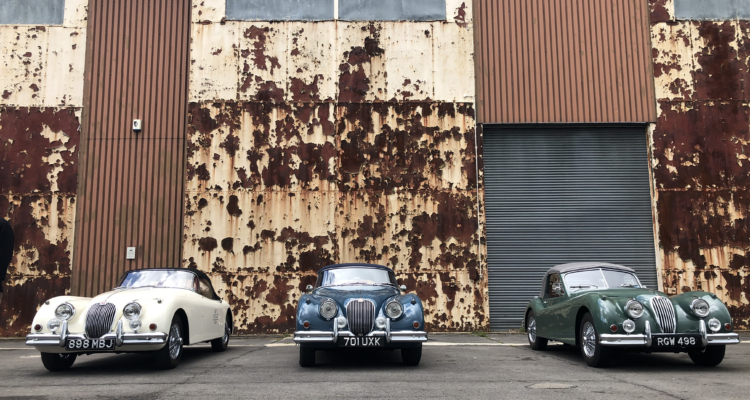The Homologators – Citroën BX 4TC
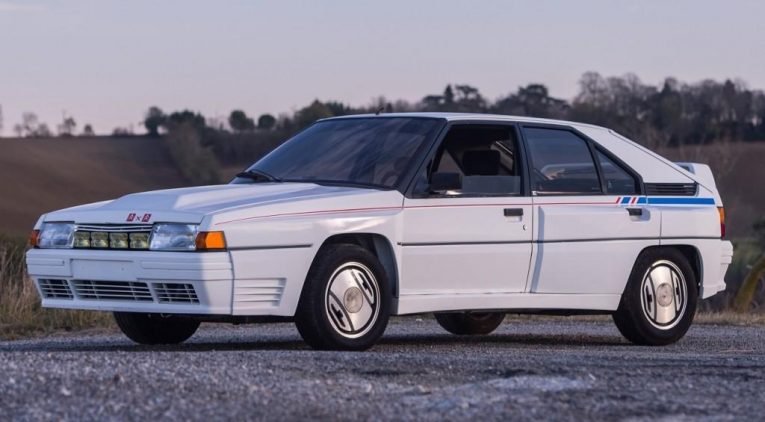
Of all the homologators we’ve featured thus far on Car and Classic, the Citroën BX 4TC is perhaps the farthest removed from its humble, road-going counterpart. It is also the only entry in our list to be practically disowned and surreptitiously brushed under the carpet by the very people who made it.
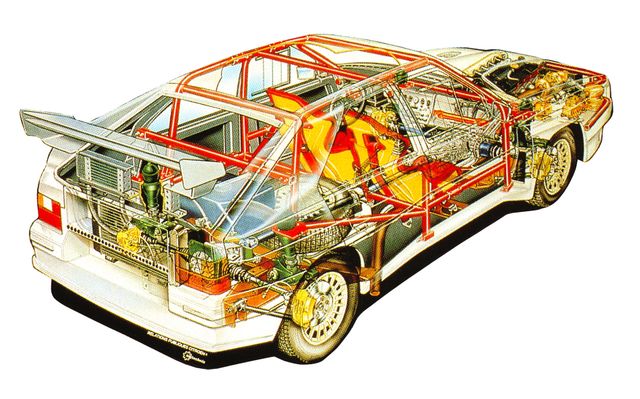
Citroën is known for building some wacky cars and we love them for it but they eschewed this particular trait in 1982, opting instead to go down a more conventional route with the BX. Unveiled rather grandiosely underneath the Eiffel Tower it went on to enjoy a successful twelve year run. With a bold design by Marcello Gandini of Bertone fame and a smooth-as-silk ride thanks to its acclaimed hydropneumatic, self-leveling suspension the car quickly found a market and won over Citroën enthusiasts and new owners alike. At the same time Group B rallying just happened to be in full swing and although Citroën was already competing with its Visa model in the B-9 and B-10 classes (under 1299cc and 1300cc-1599cc respectively), by 1986 they had decided they wanted to dip their toes into the deep end that was the B-12 class (2000cc and over) and so the BX 4TC Evolution was created, or rather thrown together.

Citroën Competition, as it was known back then, was the team at the French auto manufacturer responsible for motorsport activities and in 1983 they joined forces with various engineering companies to produce five different BX prototypes for Group B consideration, pieced together from various spare parts. Team boss and former rally driver Guy Verrier agreed on the fourth model presented (with the fifth being used as the basis for the homologation version) and in conjunction with fellow Gallic engineering firm Heuliez began building. It was a front-engined, monocoque design with an unusually long front overhang and short rear end which gave the new BX an uncommon appearance. Thus, the BX 4TC Evolution we know today was born and was quickly and unceremoniously nicknamed “Cyrano de Bergerac”. Who said the French aren’t known for their sense of humour?
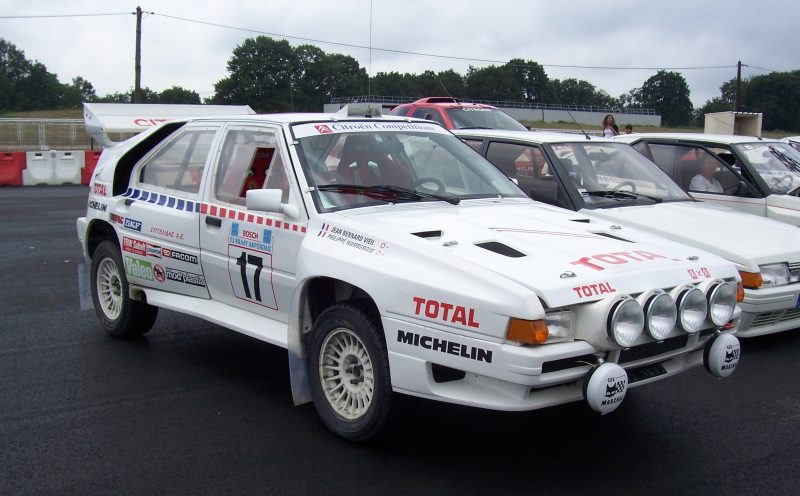
A lot of the original BX parts were chucked in the bin but budget constraints at the time limited the engineers to what they could realistically produce. This meant an already outdated Simca 180, four-cylinder motor was installed up front mated to a modified 5-speed manual gearbox from another Citroën, the SM, which powered all four wheels – albeit with no centre differential. The aforementioned hydropneumatic suspension from the original BX was retained but it would soon become evident that this set up was not up to the task at hand. Citroën did their best to increase performance by strapping a turbo to the engine and although it produced a respectable 380BHP it was still woefully underpowered compared to the competition. At 1150KG it was also much heavier which put it at a severe disadvantage out of the gates. Looking back, it never really stood a chance. Externally it went under the knife too, acquiring an elongated bonnet in order to accommodate the new longitudinally mounted engine and four-wheel-drive system as well as a boxed out, widened wheel base which was de rigueur for Group B rally weapons at the time.
Sadly Citroën’s enthusiasm for bringing one of their own to the Group B party was quickly quashed due to poor performance from the car itself coupled with the untimely demise of the very class of racing it was designed for. 1986 marked the final year of the hugely popular, but ultimately far too dangerous Group B which had culminated in the tragic deaths of Henri Toivonen and Sergio Cresto in a Lancia Delta S4 ‘Stradale’ (another of our featured cars in this series). The 4TC ended up only competing in three WRC events over the course of its sporting lifetime.
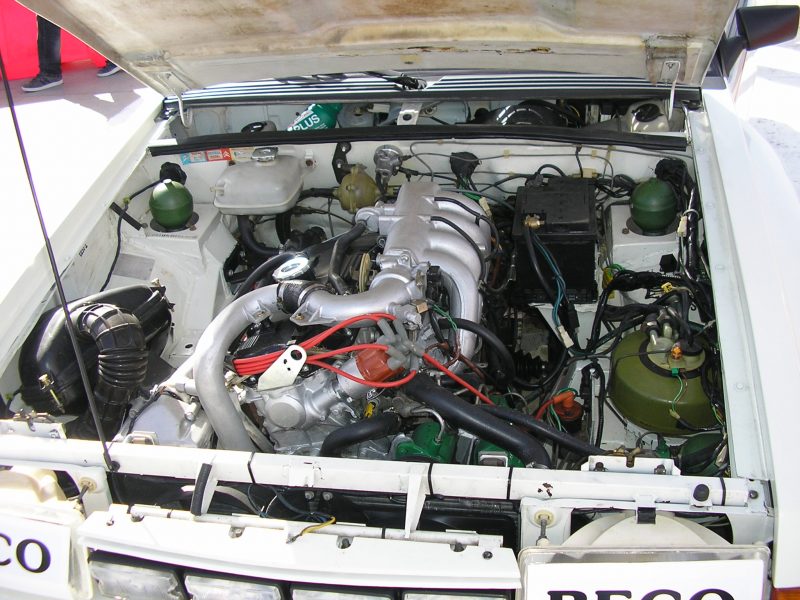
As was habitually the case when it came to homologation requirements for Group B vehicles, two hundred road-going BX 4TCs (known as the “Serie-200” cars) needed to be built in order to qualify the car for rallying but rumour has it that a little over half of this number were realistically produced with even less actually being sold to the public. These cars shared a lot of the same components with their rally-racing big brothers, something that Verrier was very keen on but the homologation cars do feature a narrower track to the rally variant as well as a de-tuned 2141cc, 200BHP version of the Simca engine. Interiors were kept fairly modest with only the inclusion of additional gauges in the instrument binnacle hinting at a racing pedigree. They certainly looked the part, retaining the muscle-bound exterior aesthetic of the Evolution cars and they were no slouches either, achieving a 0-60MPH time of 7 seconds and a top speed of just under 140MPH. Nonetheless, Citroën was discouraged by the car’s rather lacklustre achievements in the motorsport arena and after the dissolution of Group B rallying they attempted to buy back as many of their homologated BXs as possible, allegedly so that they could scrap the lot. Akin to one of those shameful “experimental” years at University – they wanted to pretend it never happened. Numbers vary depending on who you talk to but it’s thought that around forty cars survive today. Good luck getting your hands on one though as most are in the clutches of museums or hardcore collectors.
Frankly put, the BX 4TC Evolution simply wasn’t good enough and a slew of factors were stacked against the car from day one. Verrier and his team at Citroën Competition had limited funds and failed to capitalise on the relaxed Group B technical regulations which put them at a severe disadvantage when it came to race day. The technology was out-dated and the car was not fully developed. It was under-powered, the geometry and engine placement were not ideal and it was heavy, forcing drivers to really push to get the most out of it which in turn would over-stress the suspension, causing it to wave a little white flag and give up mid-race. The final nail in the car’s coffin was its unfashionably late arrival to the party, missing its self-imposed deadline of a 1985 season debut by twelve months. A year that saw myriad technical developments in the class – developments that every other manufacturer in the championship embraced with open arms.
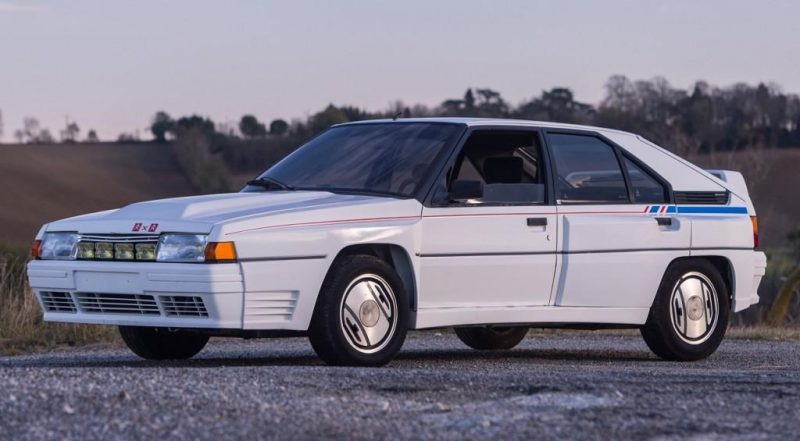
Although less revered than its more successful peers of the era and historically portrayed as somewhat of a stooge, the BX 4TC Evolution remains a bona fide Group B hero. Perhaps not in terms of podium finishes (sixth place in Sweden in ’86 was the best it could muster) but because it was still a lairy version of a practical family car that was pieced together to compete in what a lot of folks (ourselves included) would agree was the most exciting era of rallying there has ever been and probably ever will be again. Citroën has gone on to be a major player in the WRC with a huge number of successes under its belt, not to mention dominating the stage in the 2000s and whilst they may be a little embarrassed of their humble beginnings it’s something that we think they should embrace rather than shy away from. Despite its short-lived and rather unimpressive career the plucky Citroën did its best with what it had. The underdog cliché is often thrown around in stories of this ilk but in this case the cap truly does fit and the 4TC deserves its place among the greats. Everyone knows the big guns of the sport; The Audi Quattros, Lancia Deltas and Ford RS200s for instance, but we cannot forget the Citroën, standing on the shoulders of these giants, trying hard to be remembered and forever treasured. Whatever your thoughts on the matter the homologated BX 4TC is now an incredibly rare and sought after piece of automotive history. It may not be as impressive as its more favoured counterparts but it’s certainly a hell of a lot cheaper and as far as origin stories go, this has them beat hands down.

